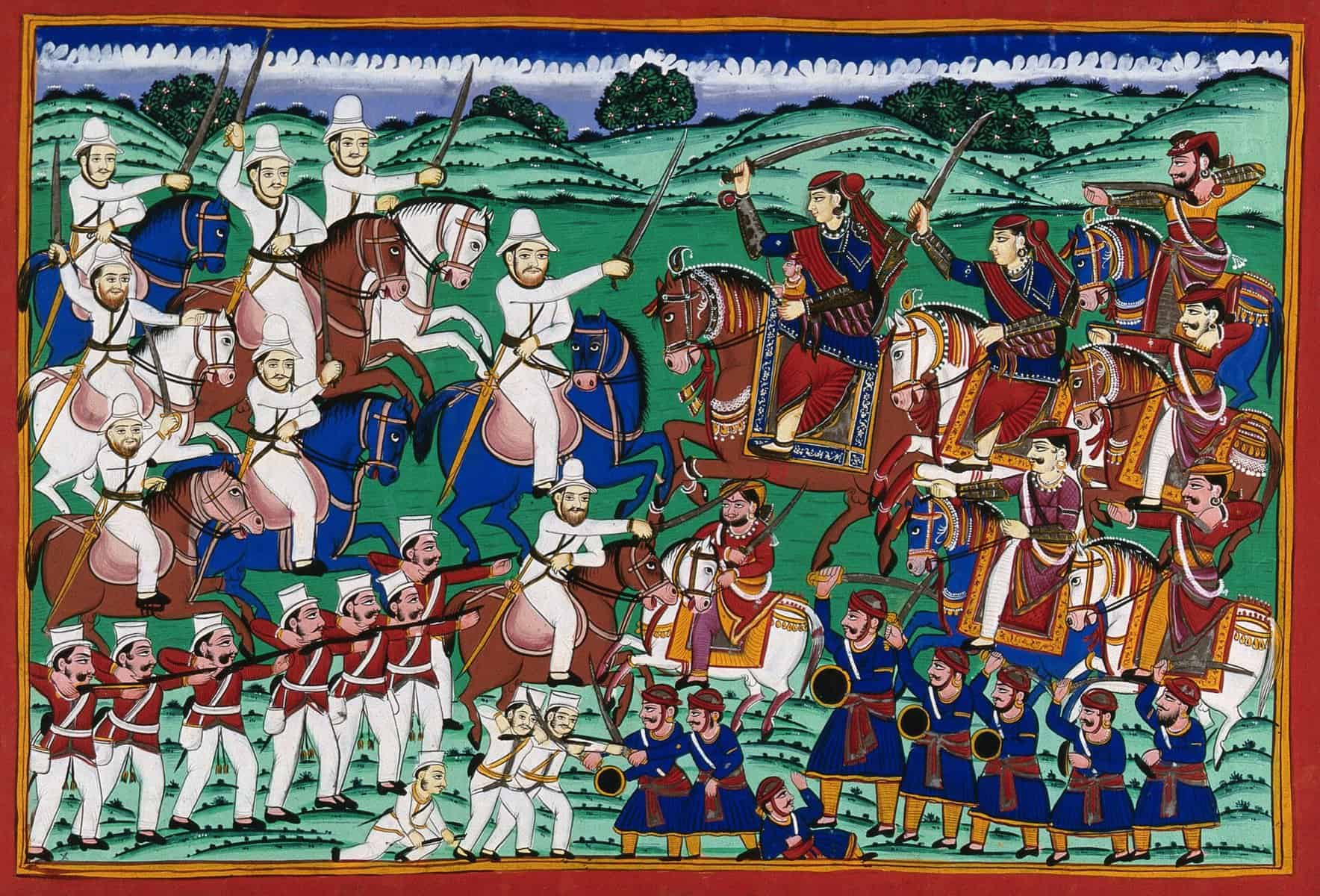│By Carolyn Beckford, Gale Product Trainer│
For Women’s History Month, I wanted to highlight a woman that many of us have probably not heard of before. Sure, we know about Cleopatra, the Dahomey Warriors, Boudica, Nana Yaa Asantewaa, Joan of Arc, and maybe even Njinga, but have you ever heard of Rani Lakshmibai?
Warrior Queen of Jhansi
Over the festive period I watched a few movies and relaxed with some time away from work. However, whenever I see or read anything, I turn to my Gale Primary Sources to check historic newspapers and documents to challenge what I’ve seen or heard. It does help that I work for Gale where I have access to these valuable historical documents. Not to worry, you can find Gale Primary Sources at most public and university libraries, particularly The Times Digital Archives or British Library Newspapers.
One movie that captivated me was Warrior Queen of Jhansi, because I was unaware of the fascinating story of Jhansi and the fearless Rani Lakshmibai.
!["Sketch Map of India [Showing Military Districts], GSGS 2983](https://review.gale.com/wp-content/uploads/2024/02/2-map.jpg)
It goes without saying that India is a huge country. It spreads over one million square miles with over one billion people speaking more than four hundred languages. India was colonised by Great Britain and divided into military districts, as seen in the map above from Nineteenth Century Collections Online. Noticeably, Jhansi, the area highlighted in the middle of the map, was not included in the military districts, probably because it was under Mughal rule, later the Maratha Empire.
The Treaty of Poona
Jhansi remained a small, self-governed principality, later known as Jhansi State. In the early 1800s, the Treaty of Poona was signed with the then ruler and the East India Company, establishing a military alliance where the protectorate and overlordship of Jhansi was transferred from the Marathas Empire to the British Empire, relinquishing control of the territory to the British.
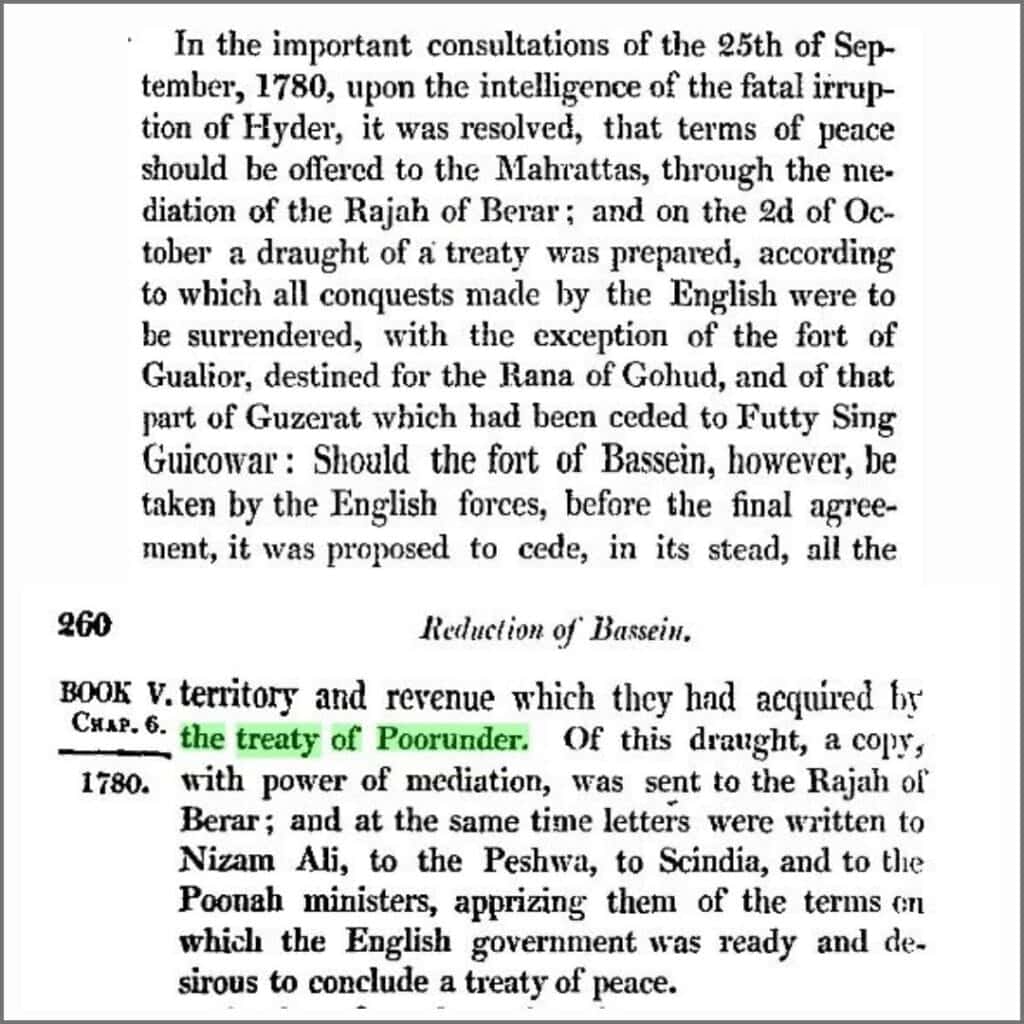
The East India Company
The East India Company, often referred to as The Company, was a British founded company formed to facilitate trade in the Indian Ocean territory. Under the authority of the British monarchy, the company seized control of large parts of the Indian subcontinent and colonised large swathes of Southeast Asia. At its peak, the company was the largest corporation in the world and had its own armed forces, which were twice the size of the British army. The rulers of Jhansi probably thought The Company would offer them protection from neighbouring empires.
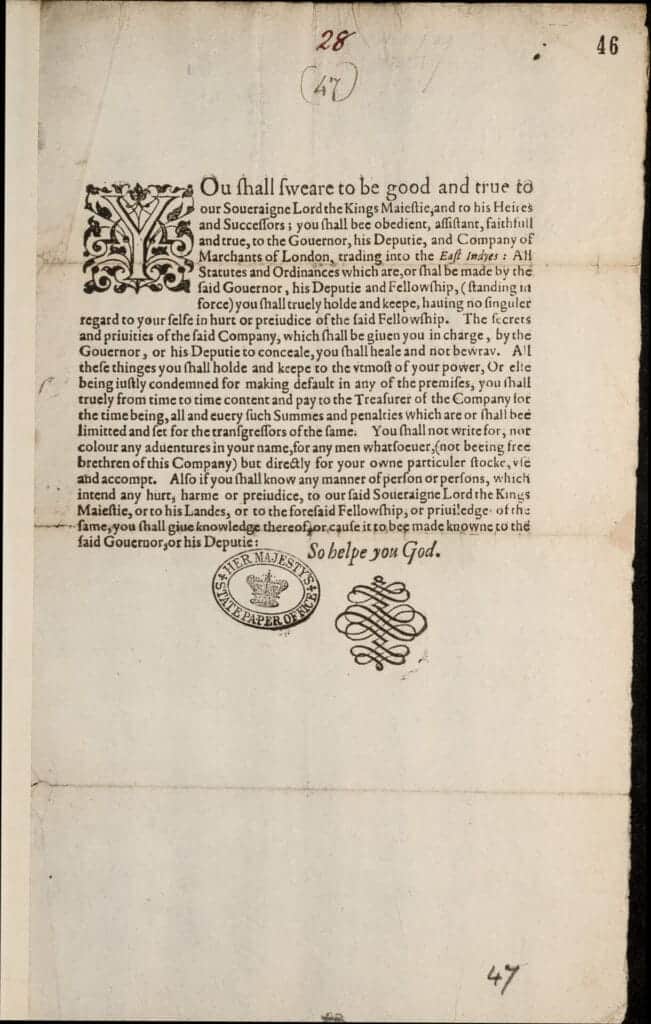
Rani Lakshmibai
Rani Lakshmibai was married to the Maharaja of Jhansi State. They had one son who died in infancy, leaving them with no male heir. To rectify this, they adopted a five-year-old boy to serve as successor, an accepted practice in Hindu law. The British, unfortunately, did not recognise the child as a valid heir, thus the tenancy of the land would revert to the protectorate or the overlord, The East India Company.
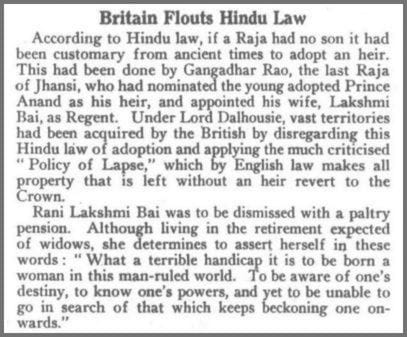
Rani Lakshmibai appealed to the British court of directors, to no avail; The Company took control of Jhansi. When the appointed British superintendent of Jhansi, Lord Francis Gordon took over, he documented what he found at the time, as reported in the Imperial Gazetteer of India. He remarked that the population was in decline due to diseases and famine, but that there was a picturesque scenery spreading over the hillside.
![Hunter, William Wilson. The Imperial Gazetteer of India: [by] W. W. Hunter. Vol. 2, Trübner & Co., 1881.](https://review.gale.com/wp-content/uploads/2024/02/6-gazetter-1024x711.jpg)
The Roots of Rebellion
The Indian Rebellion of 1857, also known as the First War of Independence, was a major uprising in India against the rule of the East India Company – the sovereign power of the British Crown. The rebellion posed a military threat to British power, partly because there were many more Indian people than British; it was also the beginning of the struggle for independence.
The Indian Rebellion undoubtedly occurred as the result of an accumulation of factors over time, rather than any single event. Indian soldiers (Sepoys) were recruited into the Company’s army prior to the rebellion. The East India Company’s forces were mixed and divided into three armies: Bombay, Madras, and Bengal. Some armies were designated for higher castes (a social classification commonly used in India), and even restricted the enlistment of lower castes. The domination of the higher castes was partly blamed for initial mutinies that led to the rebellion.
Another grievance towards the British which led to the rebellion was the disrespect of the Hindi and Muslim religions. The Bengal regiment became concerned that new cartridges were wrapped in paper greased with cow and pig fat, which had to be opened by mouth. This was an insult to members of both religions.
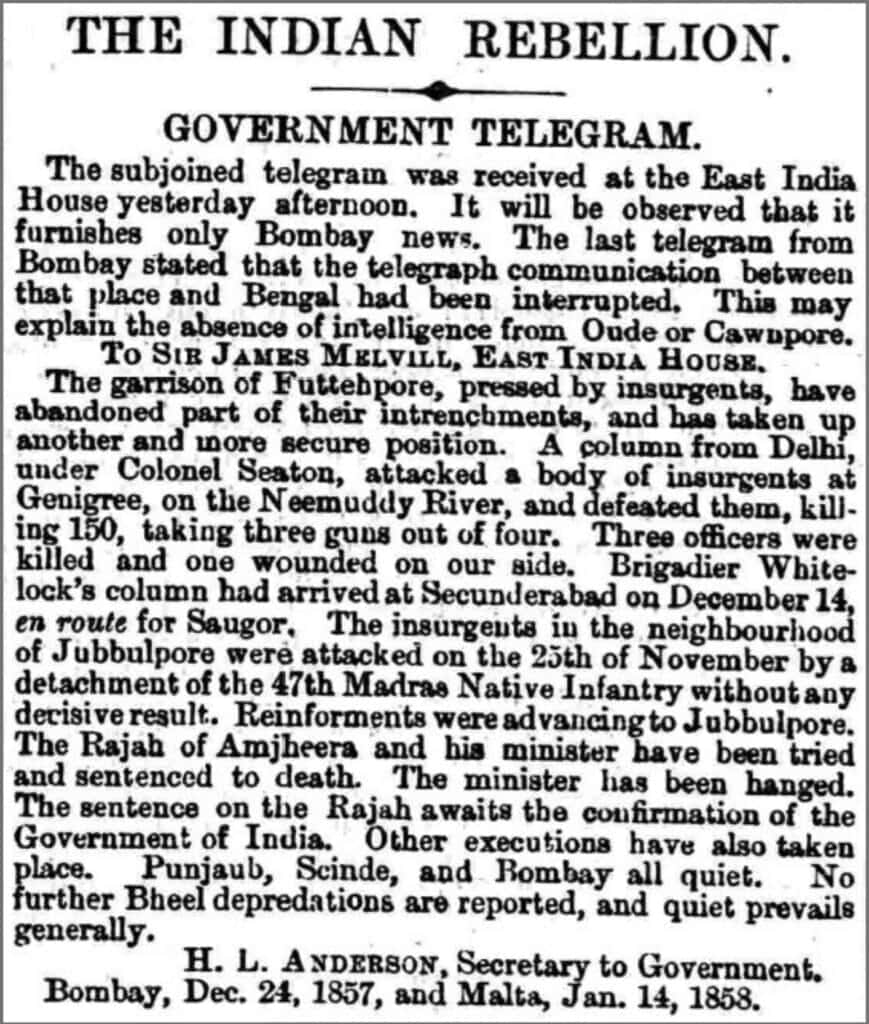
The Warrior Queen
One of the key figures in the rebellion was Rani Lakshmibai. The rebellion consisted of three groups, the feudal nobility, rural landlords, and the peasants. The nobility was particularly aggrieved as they lost titles and domains to the East India Company because they didn’t recognise adopted children as legal heirs, which interfered with a traditional system of inheritance.
Rebel leaders like Rani Lakshmibai did not accept East India Company supremacy because her adopted son was not allowed to be her late husband’s heir. Rani was unwilling to cede control and joined the rebellion against the British. Now, one would think a woman would be opposed to fighting such a vast army like the East India Company, but Rani Lakshmibai was a different woman. She was known for her unique perspective and her courage to fight against social norms.
Her father was Moropant Tambe, a Commander during the Indian War of Kalyanpranth. A beautiful girl, she was educated at home and was taught to read and write; she was also raised to be very independent, possibly because her mother died when she was only five years old. Even the British found her to have an unusual strength of character for a woman of her time.
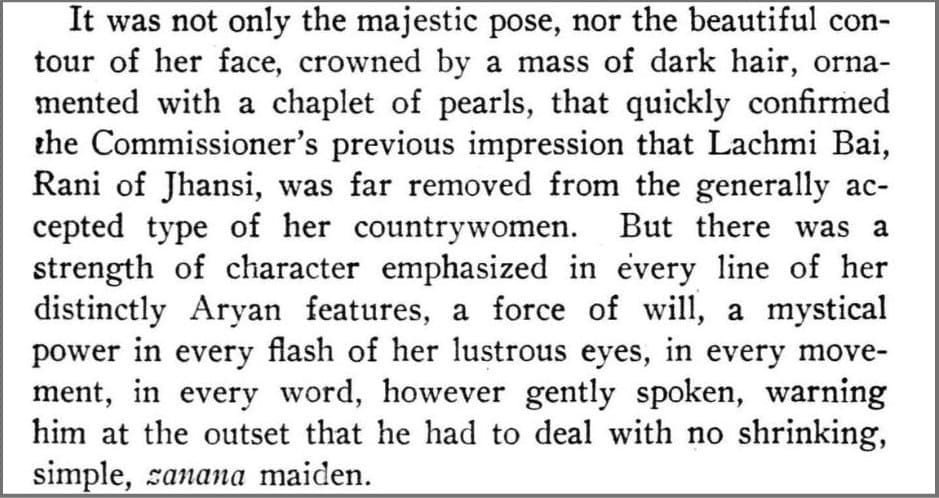
Along with her subjects, she was also taught shooting, horsemanship, and fencing. She was adept at riding and was accustomed to riding on horseback accompanied by escorts. Several of the statues of her across India depict her on horseback, on which it is reported she died after being shot by British East India Company soldiers.
The Battle for Jhansi
Jhansi under Rani Lakshmibai’s rule was mostly at peace. The British offered troops to maintain control but when none arrived, the Rani’s advisers who wanted independence from British rule, became disgruntled. When the British forces finally arrived, they found the fort well-defended.
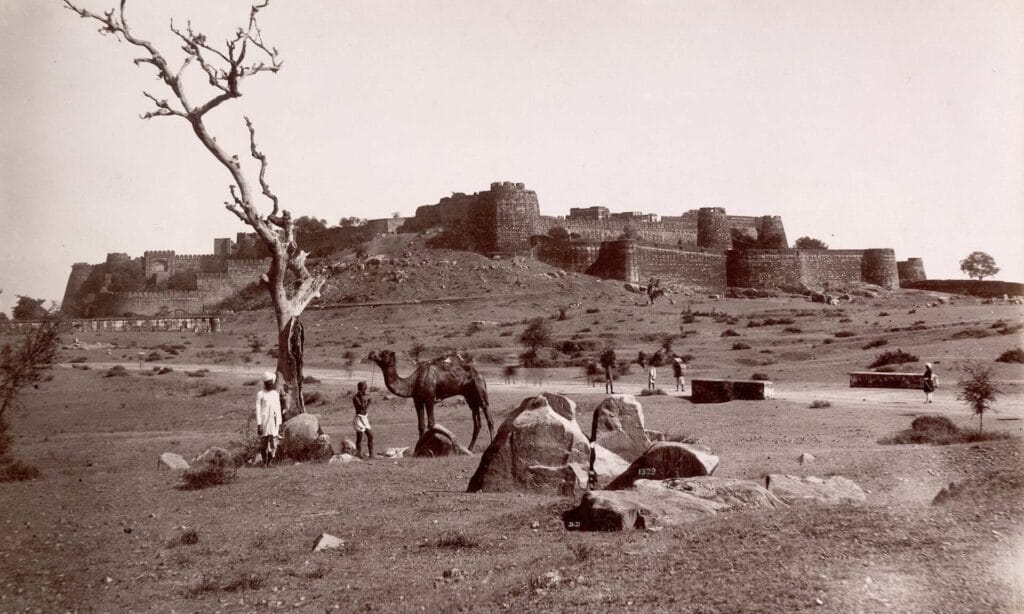
The British commanders demanded the surrender of Jhansi to which Rani Lakshmibai firmly refused. It is reported that she issued a proclamation that India would fight for independence and whether victorious or not, they would earn eternal glory. When the British army breached the fort, Rani Lakshmibai fled on horseback with her son, surrounded by her guards. She joined additional rebel forces in Kalpi and renewed her vigour to defend Jhansi. Although the British attacked Kalpi, the Rani fought alongside rebels but was defeated.
She fled again to Gwalior where her guards joined Indian forces. They were, however, unsuccessful in defending Gwalior against a British attack and Rani Lakshmibai was killed. Colonel Malleson described her in battle as bold and fearless.
An Indian Heroine
The value and the contributions of Rani Lakshmibai to the people of Jhansi, and even India, is in no doubt. Several patriotic songs, poems and sonnets have been written about her and many are taught in schools in India. Children learn, via song or poems, about her role in the independence of India.
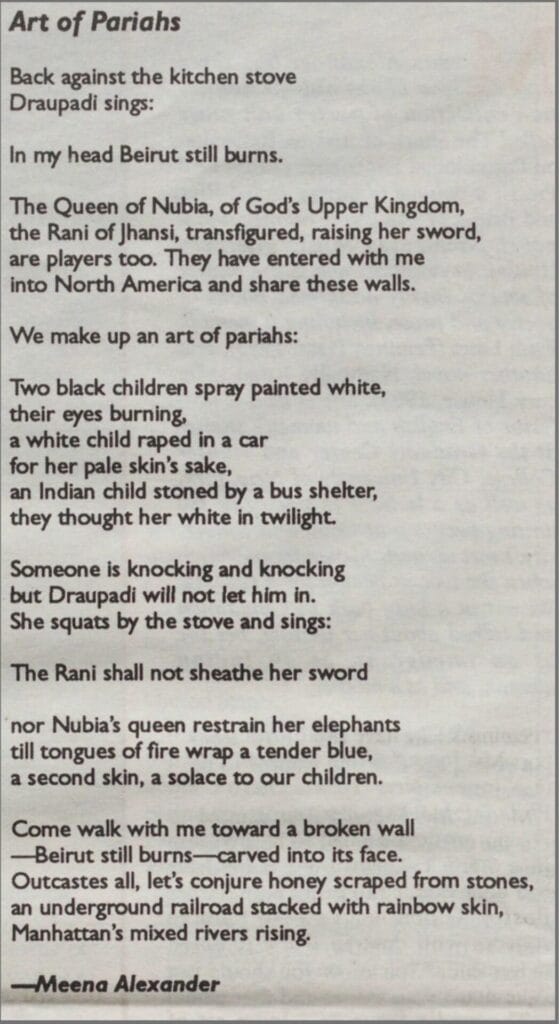
https://link.gale.com/apps/doc/GUFDGV359708141/AHSI?u=webdemo&sid=bookmark-AHSI&xid=f8f11226
So perhaps the world isn’t fully familiar with Rani Lakshmibai, but India is certainly familiar with her contributions. There are numerous novels, films, and higher educational institutions that proudly bear her name. She is also proudly featured on postage stamps in India, and honoured with various statues across the country, particularly in Uttar Pradesh, the state which Jhansi is now part of.
If you enjoyed reading about the Rani Lakshmibai, check out these posts:
- Indentured Indian Workers and Anti-Colonial Resistance in the British Empire
- The History of International Women’s Day
- Using Archives Unbound to Explore the Agency of the Oppressed
Blog post cover image citation: The Rani of Jhansi leads her troops in the siege of Jhansi fort. Gouache painting by an Indian painter, 18–. Wellcome Collection. Public Domain Mark. Source: Wellcome Collection. https://wellcomecollection.org/works/p3kph46d

